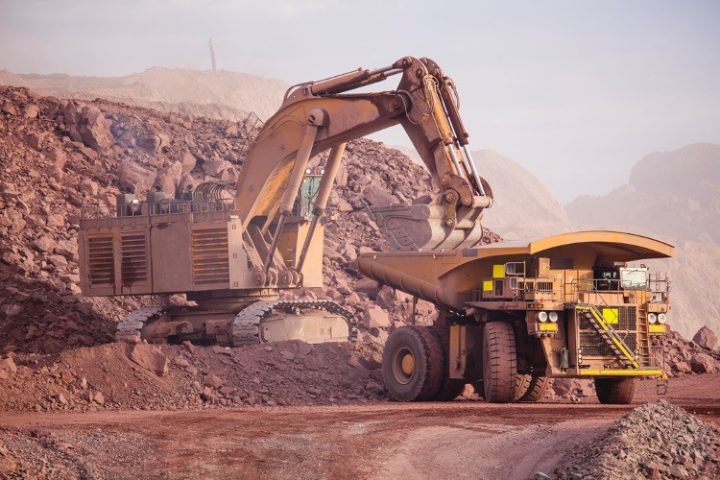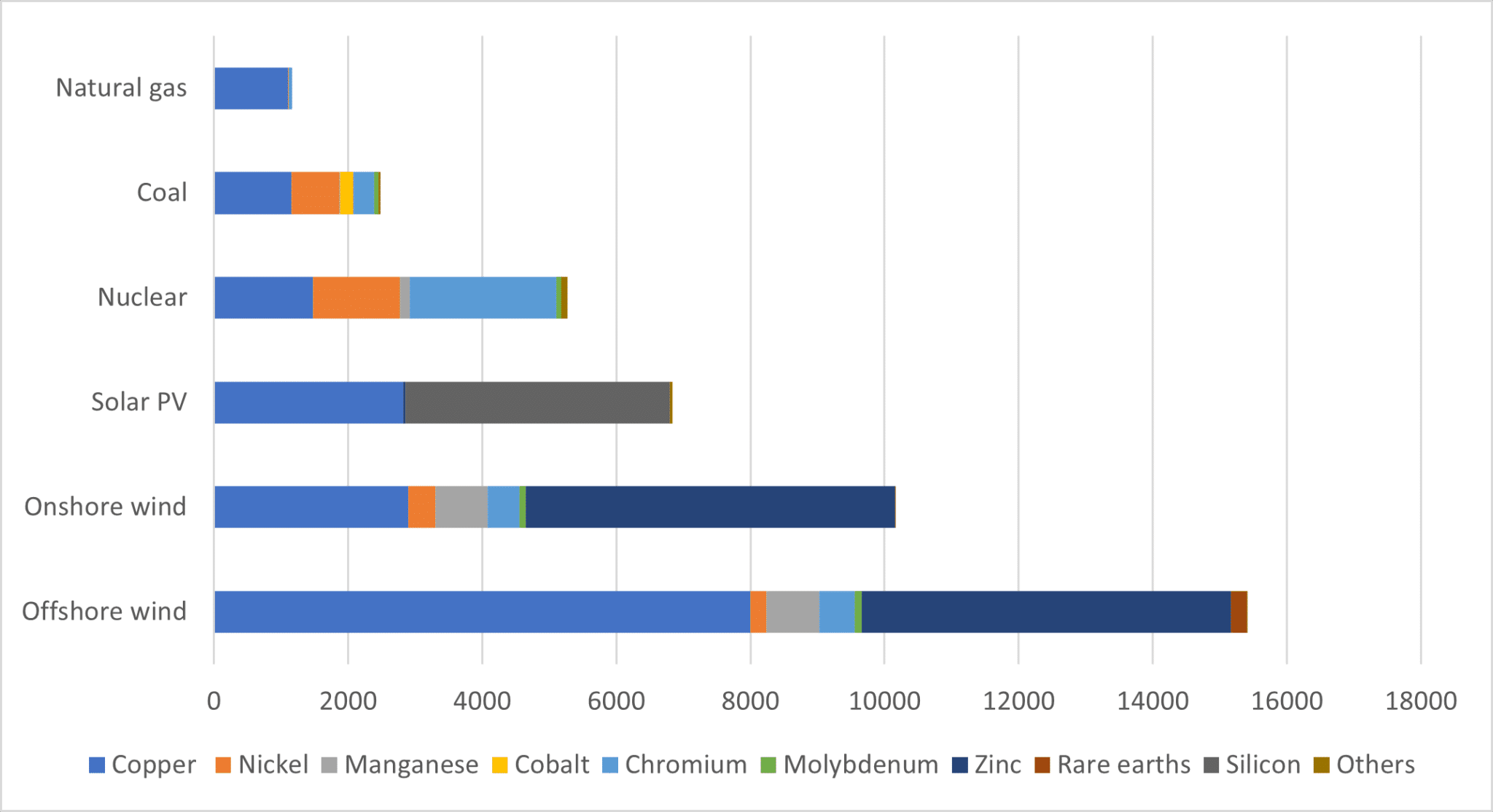
As indicated in the previous article of this series, the true environmental impact of generating electricity from an energy resource can only be realized by considering the resource’s entire life cycle, not just the electricity-generating phase of the lifecycle. This article will address the environmental impact associated with transitioning to solar and wind resources for power generation and transportation.
Life Cycle Environmental Impact
Eliminating fossil fuels and nuclear power in favor of solar and wind energy systems would require a massive worldwide increase in mining for lithium, cobalt, copper, iron, aluminum, and numerous other raw materials. Producing wind turbines, solar arrays, and energy storage batteries requires mining, moving, and refining vast amounts of earth — far more than required to obtain the same amount of energy from coal, oil, and natural gas. According to Mark Mills in Mines, Minerals and “Green” Energy: A Reality Check, building wind turbines and solar panels to generate electricity as well as batteries to fuel electric vehicles requires, on average, more than 10 times the quantity of materials compared with building machines for hydrocarbons to deliver the same amount of energy.
The graphic below is an illustration of the quantity of minerals required for alternative transportation and power generation technologies.

In addition to the mineral requirements shown in the graphic, a wind turbine standing 300 to 500 feet tall with blade wingspan of 300 to 350 feet requires hundreds of tons of concrete to anchor the base and hundreds of tons of steel that must be made from hundreds of tons of iron using hundreds of tons of coking coal. Per Dr. Jay Lehr’s 2021 report, “Wind does not meaningfully add power, but imposes huge costs on ratepayers and the environment.”
The International Energy Agency predicts the demand for just the lithium used to produce lithium-ion batteries will increase 100-fold by 2050, followed by soaring new demand for graphite, cobalt, manganese, nickel, and copper.
Most vehicles needed to mine and transport “green” energy materials must run on diesel fuel made from oil because they’re too big and heavy to be powered efficiently by batteries. In addition, hydrocarbons are needed to produce the concrete, steel, plastics, and purified minerals used to build “green” machines. And prominently missing from most renewable energy discussions is the $0.5 trillion (or more) cost associated with 500,000 miles (or more) of new transmission lines required to connect the 50,000-plus wind and solar facilities for an all-renewables grid, as explained in Roadmap to Nowhere — The Myth of Powering the Nation with Renewable Energy by Mike Conley and Tim Maloney.
According to a Princeton University study, “Net-Zero America,” achieving net-zero emissions by mid-century through renewables alone would require a tripling of electricity transmission systems in order to move energy generated in far-flung solar and wind farms to population centers.
It’s clear that “renewable” energy-generated electricity is going to require a lot more metals and other minerals than fossil fuel- and nuclear-generated electricity. In addition, electric vehicles are going to require a lot more of these metals and minerals than internal combustion engine-powered vehicles. And most importantly, the required mining and processing infrastructure capacities don’t yet exist to meet the demand for essentially every category of mineral necessary for these power generation and transportation transition paths.
Worse yet, an August 20, 2021 report from the Geological Survey of Finland, Assessment of the Extra Capacity Required of the Alternative Energy Electrical Power Systems to Completely Replace Fossil Fuels, considered the mineral implications for achieving world-wide power generation and transportation transition paths and concluded that the resulting demand for nearly every necessary mineral, including common ones such as copper, nickel, graphite, and lithium, would exceed not just existing and planned global production capabilities, but also known global reserves of those minerals.
When the entire lifecycle for generating electricity from renewable energy resources and transitioning to electric vehicles is considered, renewable resources are no more environmentally friendly than fossil resources.
Other articles in this series:
Back to Energy’s Future? — Part 1
Back to Energy’s Future? — Part 2
Back to Energy’s Future? — Part 3
Back to Energy’s Future? — Part 4
Back to Energy’s Future? — Part 6
Back to Energy’s Future? — Part 7




